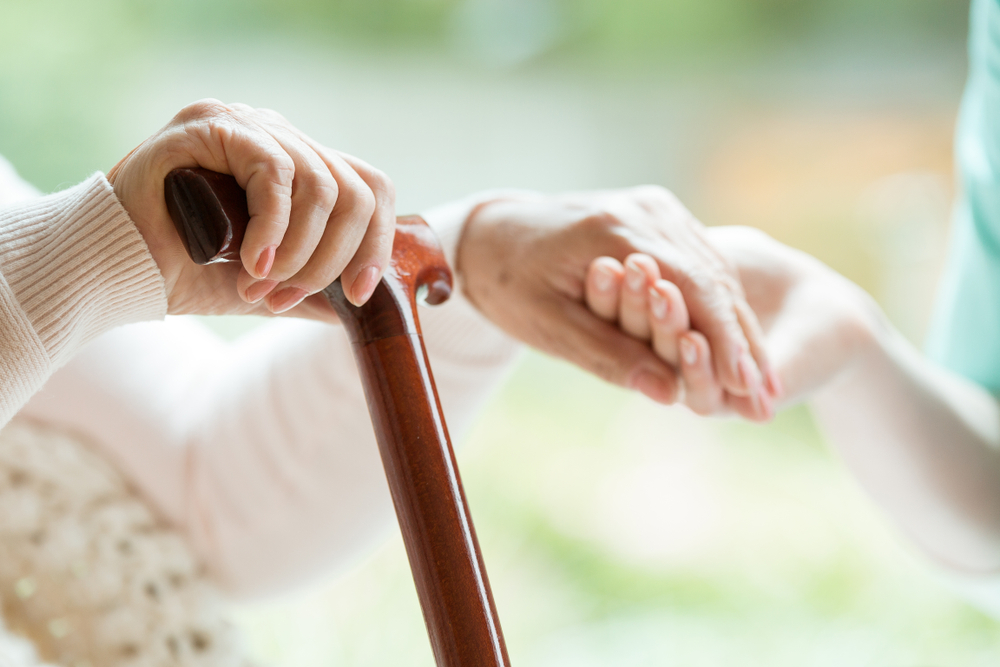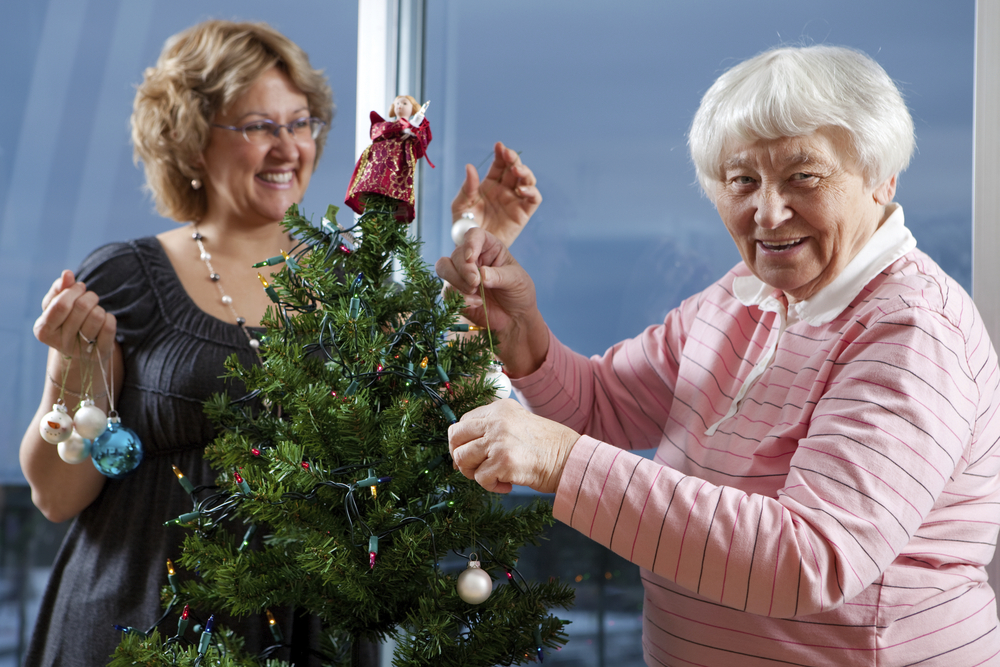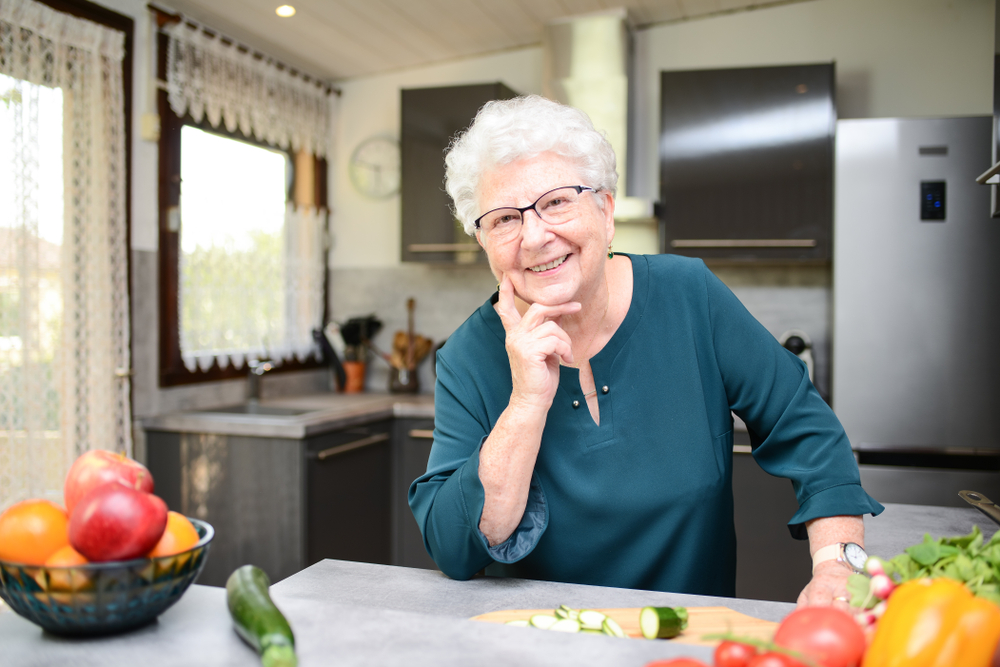Making the decision to move into assisted living is a big one. For seniors, it can be one of the biggest life changes, and the transition can be intimidating. With all of the amenities and services available in assisted living in Bradenton, Florida, seniors are opting to make the switch earlier and earlier in retirement.
This article will discuss the ideal age to move to assisted living and factors to consider when deciding on the right time to move.
Ideal Age for Assisted Living
The spectrum of assisted living communities has expanded greatly over the past decade. Today, seniors can enjoy wonderful amenities, top-quality food, and warm friendships, all just steps from their front door.
As a general rule of thumb, seniors ages 60+ are the best candidates for assisted living, but there are always exceptions. In fact, the right time to move to assisted living is less about age and more about needs.
When seniors begin to need help with daily activities or when living at home starts to become a challenge, it is time to consider assisted living. For some seniors, this time comes early on in retirement. For others, it may happen during the later years of life.
Deciding When to Move: Factors to Consider
There can be a lot of pressure on seniors and their families to pick the “right” time to move into assisted living. While there is no universal answer, there are some indicators that can help make the decision clear. Here are a few factors to consider when deciding on the right time to move.
Daily Needs
One of the top factors to think about when you’re considering assisted living is daily needs. When seniors begin experiencing difficulty completing daily tasks, such as cooking, grooming, or taking medication, that’s a good sign your loved one would benefit from assisted living.
Similarly, seniors who are experiencing challenges with mobility may face difficulty in completing daily household chores and keeping up with home maintenance. Moving into assisted living at this point can relieve a lot of stress and pressure associated with living alone.
Long-Term Needs
Some seniors know they have medical conditions that will progress over time. In these situations, transitioning to assisted living at an early age can be preferable over waiting until the later years of retirement.
No one can predict the future, but if known health conditions are a factor, transitioning to assisted living may be the best course of action.
Family Support
Seniors who have lots of family support may be happy living independently for longer than seniors without support. Family members can help fill gaps and even act as caregivers for seniors as they age. When seniors cannot rely on family for support, transitioning to assisted living at an earlier age is a good idea.
Retirement Goals
Finally, seniors should consider what they want out of retirement. For many seniors, aging in place can mean a growing list of chores and home maintenance that eats into leisure time.
If seniors value an active lifestyle that includes spending more time exploring hobbies and spending time with friends and family, transitioning to assisted living earlier rather than later can enable them to do that.
Assisted Living in Bradenton, Florida
The Bradenton assisted living options are among the best in the country. Seniors of all ages have many options for assisted living communities that can meet all of their needs and more.
When deciding what age to move to assisted living, seniors should keep in mind that the decision is ultimately their own, and they should do what makes them feel comfortable and confident.














